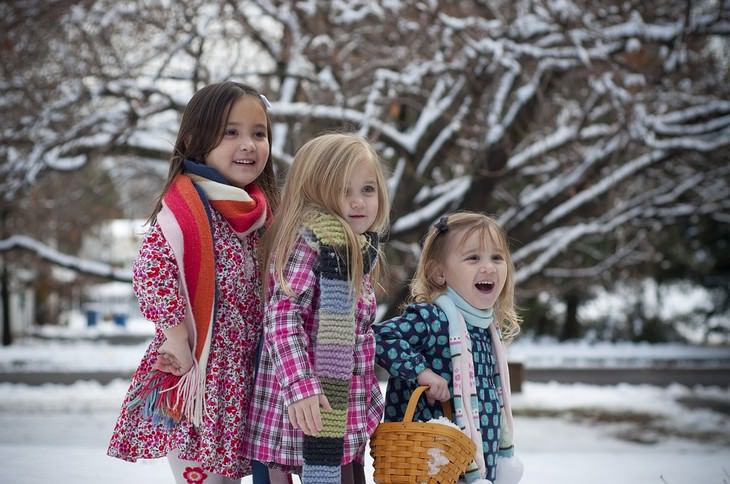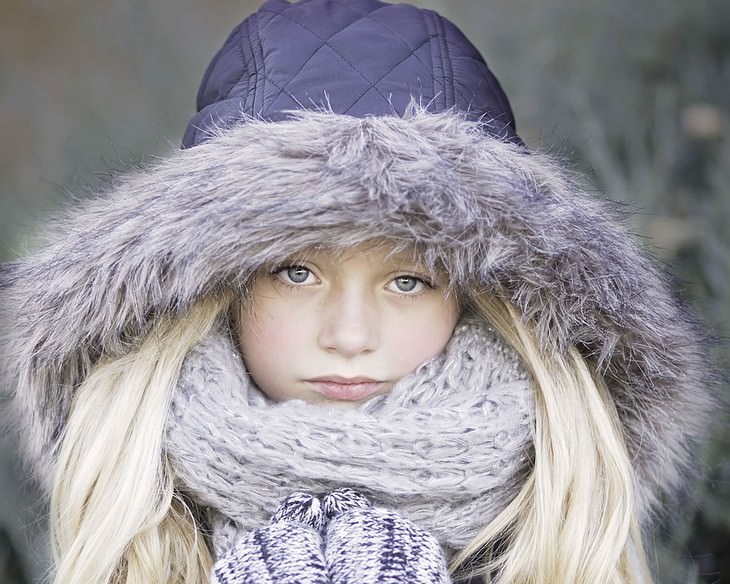
When winter starts and the weather gets colder, as parents we are often afraid of our kids getting sick. Our concern is completely understandable because we know that a mild cold can grow and develop into the flu. In order for our children not to catch a cold during the winter season, we tend to be careful when it comes to them, however, at the same time, we don’t really know how to prevent it; In addition, there are various myths surrounding the common cold and most of us think that we have all the information necessary to get through the winter safely. So even if you’re sure that you have the answers to how to get your children through the coming winter with no unnecessary colds, you should know everything there is to know about this topic.
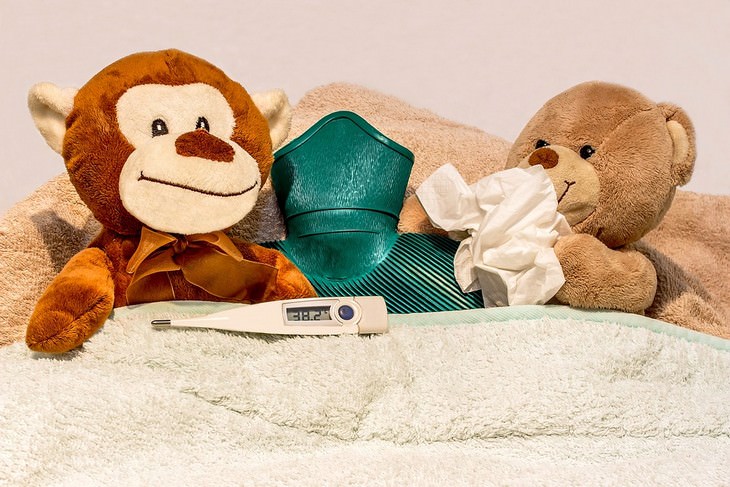
The simplest and most well-known strategy for preventing colds and other illnesses is washing your hands with soap and water. This easy action can protect your children and prevent disease. One of the reasons why children get sick is contact with dirty eyes or hands full of viruses. To reinforce this claim, researchers at the University of Pennsylvania found that children in the study group who didn’t keep their hands clean were absent from school twice as often as children who were consistent hand washers. Therefore, it is important to make it clear to your children that all they have to do is wash their hands with soap and water for half a minute, and this can prevent them from catching a cold in the coming winter.
Another strategy that should be obvious to every parent is covering the mouth and nose when coughing and sneezing. With every sneeze and coughing millions of bacteria are released into the open air at a very high speed, they may pass on to others and cause them to catch a cold; However, the bacteria that spread in the air are dangerous only if the sneezing/coughing is done in the face of another person, even though the bacteria can reach surfaces which people and children come in contact. Either way, this obvious and polite strategy can prevent your children from getting a cold this winter or infecting others if you only know how to sneeze and cough into your elbow or a handkerchief.
In order to prevent your children from catching a cold this winter, you can use the simple but slightly pedantic strategy of disinfecting surfaces. Various bacteria that can cause colds can live on different surfaces for hours, so the simplest solution is to clean them with human-friendly cleaning materials. From the dining table to the remote control to toys - all these surfaces are covered in bacteria that can be killed through cleaning. However, always be reasonable and avoid over cleaning your home, because there is no way to keep your home so sterile that no harm will ever come to your children.
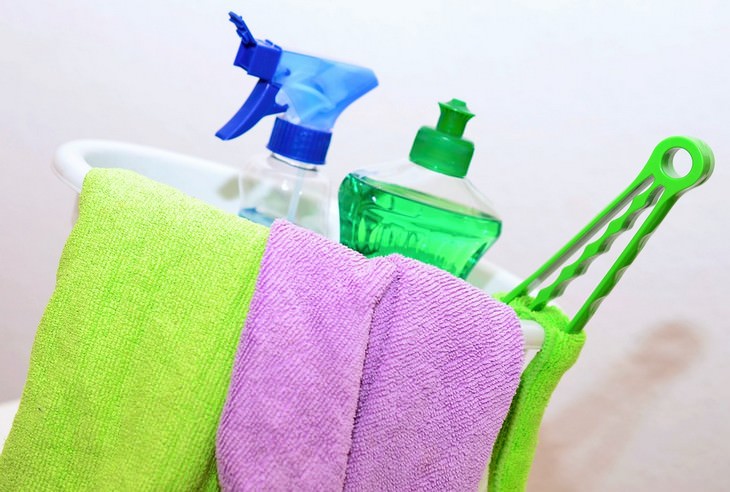
It’s very important to explain to your children that sharing is a wonderful thing, but if they or the children they’re playing with have a cold, it’s the last thing they should do. As noted above, many bacteria live on different surfaces, including toys, so it’s best to keep those toys from direct contact with the nose, eyes, and mouth of children and in general. It is recommended to clean those playing surfaces thoroughly before use, and if these toys or things are used on a daily basis, you should simply not share them with other children.
There are two vitamins that can help prevent colds - vitamin C and vitamin D. A study conducted at the University of Helsinki in Finland found that a high intake of foods rich in vitamin C can prevent colds, especially among people who physically exert themselves in short time periods and those living in very cold environments.
As for all other people, vitamin C has long been thought to be an ideal contraceptive for colds, and eating fruits and vegetables rich in it can prevent the next cold. Vitamin D is an important nutrient for the body’s overall health and studies have shown that people with low levels of vitamin D are more susceptible to infection and diseases, including colds. Everyone knows that the sun is an excellent source of vitamin D, but in its absence in the gray winter months, your child should be getting it from various food sources such as salmon, eggs, and mushrooms.
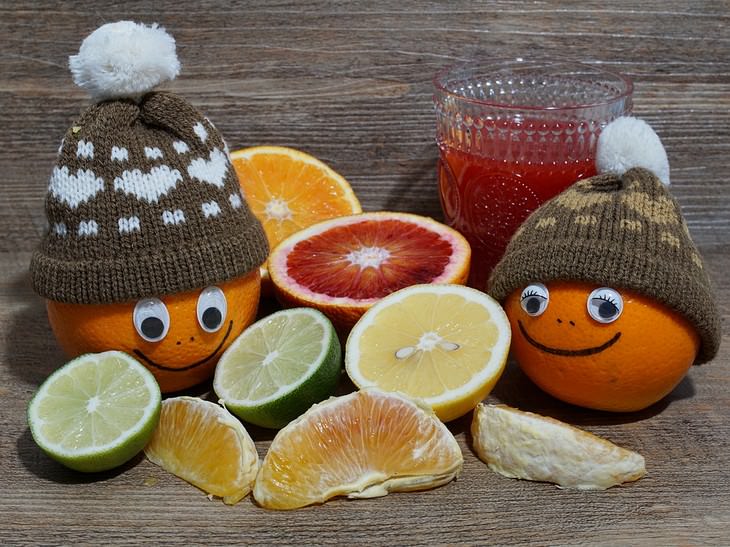
1. Leaving the house with wet hair can cause a cold
Wet hair may make us feel cold, but it can’t cause a cold. We get sick by catching one of the 200 viruses that are in the air looking for their way into our upper respiratory tract; If our immune system isn’t strong enough to ward off the virus, we get infected. The viruses spread through tiny droplets that release when a person is sick, through sneezing, nose blowing, or touching the eyes, nose, or mouth after touching an object, such as a door handle or a keyboard that is contaminated with small bacteria.
Like the false belief that treading outside with wet hair can make us sick, even a temperature fluctuation or a transition from hot to cold weather can’t cause a cold. The only way to catch a virus is by just touching or staying close to sick people. However, there is some truth to the belief that colds occur more often in winter - this is because when the temperature drops, people tend to stay indoors in less ventilated areas, creating a density that prevents the circulation of air and facilitates the passage of viruses from one person to another.
It is important to know that antibiotics fight bacteria rather than viruses, so taking them unnecessarily may actually harm your health and weaken your immune system. In addition, taking unnecessary antibiotics may also cause stomach problems and fungal infections. Please note that colds don’t require antibiotics, instead, you can take natural painkillers or supplements that will relieve the symptoms and allow the body to recover on its own.
